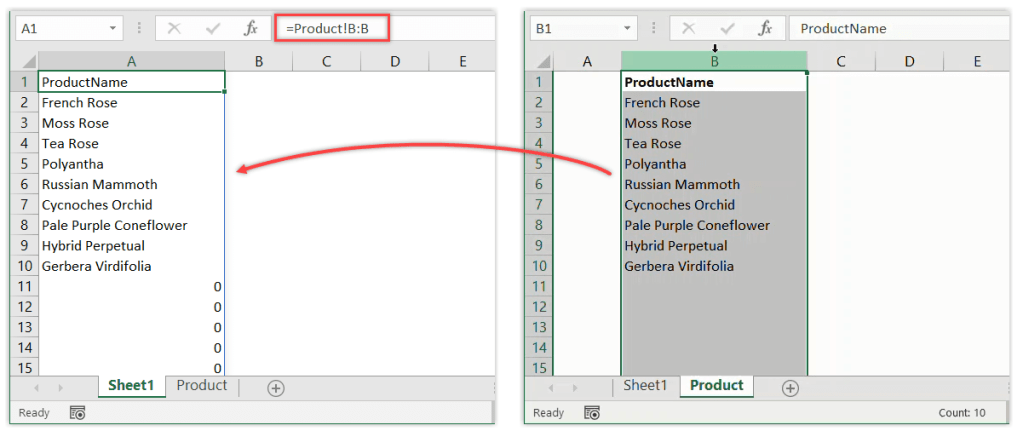3 Easy Ways to Link Sheets in Excel

The ability to link data between sheets in Microsoft Excel can streamline your workflow, enhance data accuracy, and save you valuable time. Whether you're managing financial reports, tracking project progress, or simply organizing data, knowing how to link sheets effectively can be a game-changer. In this comprehensive guide, we'll explore three straightforward methods to link sheets in Excel, each with its own advantages and potential applications.
Method 1: Using Cell References

One of the simplest and most direct ways to link sheets is by using cell references. This method is perfect for basic operations where you only need to reference data from another sheet without the need for real-time updates or complex data manipulation.
- Step 1: Select the Cell - Start by clicking on the cell where you want to insert the linked data.
- Step 2: Enter the Formula - Type an equals sign (=) to begin your formula, then navigate to the sheet you want to link. Click on the sheet tab and select the cell with the data you want to link. The formula will automatically populate as you click.
- Step 3: Finalize the Formula - Press Enter or Tab to finalize the formula, and the cell will now display the linked data.
🔍 Note: When linking cells this way, changes to the source data will automatically reflect in the linked cell. However, if you rename or delete the source sheet or cell, you might encounter errors.
Method 2: Creating a Named Range

Named ranges offer a more structured approach to linking sheets, especially when you’re dealing with multiple data points. This method allows for easier reference management and reduces the risk of errors due to sheet or cell renamings.
- Step 1: Define the Named Range - Go to the source sheet, select the range you want to name, then in the 'Formulas' tab, click 'Define Name' and enter a name for your range.
- Step 2: Use the Named Range - On the destination sheet, type the formula = followed by the name of the range. Excel will display the data from that named range.
- Step 3: Use in Formulas - You can also incorporate this named range into more complex formulas across your workbook.
✅ Note: Named ranges provide an excellent way to manage large datasets or complex workbook structures. They also help keep formulas cleaner and more understandable.
Method 3: Employing External Links

For organizations working with multiple Excel files or for analysts who frequently share data, linking between different workbooks can be invaluable. This method is particularly useful for consolidating data from various sources into a single workbook.
- Step 1: Open Both Workbooks - Ensure both the source and destination workbooks are open for editing.
- Step 2: Create the Link - In the destination workbook, type =, then switch to the source workbook and select the cell or range you want to link.
- Step 3: Save and Confirm - Excel will link the data, showing the workbook path in the formula. Make sure to save both workbooks and confirm the external links work as intended.
🔗 Note: External links are useful for data integration but come with caveats like the need to keep both files in their correct locations or use relative paths to avoid broken links when moving files.
Can I link multiple cells or ranges from different sheets to a single cell?

+
Yes, you can use complex formulas or functions like SUMIF or VLOOKUP to link and aggregate data from multiple sources into a single cell. However, ensure clarity in your formulas to avoid confusion or errors.
What happens if I delete or rename a linked sheet or workbook?

+
If you delete or rename a linked sheet or workbook, Excel will show a #REF! error in the cells linked to the now missing or renamed data. You'll need to update the formula or re-link the data.
How do I prevent accidental changes to linked data?

+
To prevent accidental changes, consider locking the cells with linked data by protecting the sheet. You can also use read-only permissions on the source workbook to prevent data modifications.
In wrapping up, linking sheets in Excel is not just about transferring data but about creating a dynamic, interconnected data environment. Whether you’re managing a small personal project or overseeing large corporate databases, these linking methods can help you work smarter, not harder. Remember to adapt your approach based on the complexity of your data and the need for real-time updates. By mastering these techniques, you’ll unlock the full potential of Excel as a powerful data management tool.